Color is one of nature’s most reliable signals when it comes to fruit ripeness. Around the world, fruits turn red, green, yellow—or sometimes a mix of both—when they’re ready to be consumed. Among these, yellow-green fruits occupy a unique space: they might look underripe at first glance, but in many cases, that soft golden-green hue is a sign of peak flavor.
So, which fruits fall into this yellow-green category? From everyday favorites to tropical surprises, here’s a list of 30 fruits that wear this subtle shade—some you’ll recognize, others might be completely new, but all are worth discovering.
1. Granny Smith Apple

Known for its tart flavor and crisp bite, this apple is instantly recognizable by its bright yellow-green skin. It’s rich in fiber and antioxidants, making it a smart choice for digestion and heart health.
2. Gooseberry
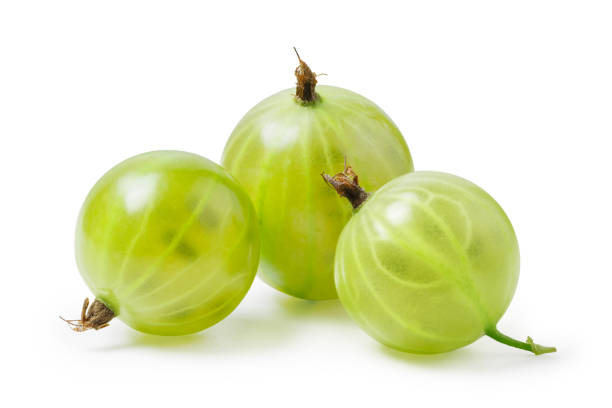
These small, round fruits often have a translucent yellow-green glow when ripe. Gooseberries are packed with vitamin C and support immune function and eye health.
3. Guava
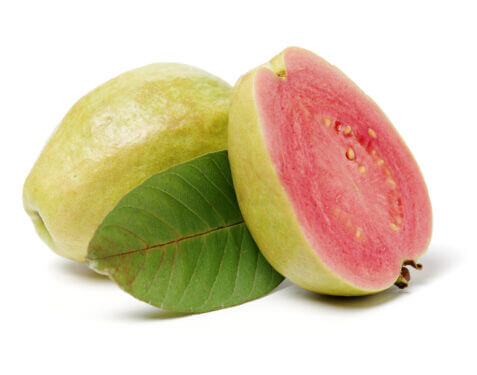
Tropical guavas often ripen into a soft yellow-green skin and offer a fragrant, sweet taste. They’re loaded with vitamin C, folate, and fiber, helping boost immunity and digestion.
4. Pears (Bartlett, Anjou)
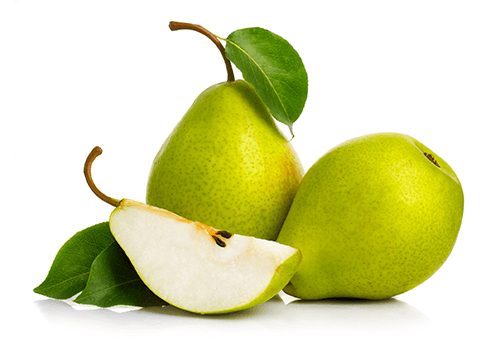
These pears transition from green to yellow-green as they ripen, developing a soft, juicy texture. They’re low in calories and rich in copper and potassium.
5. Golden Kiwi
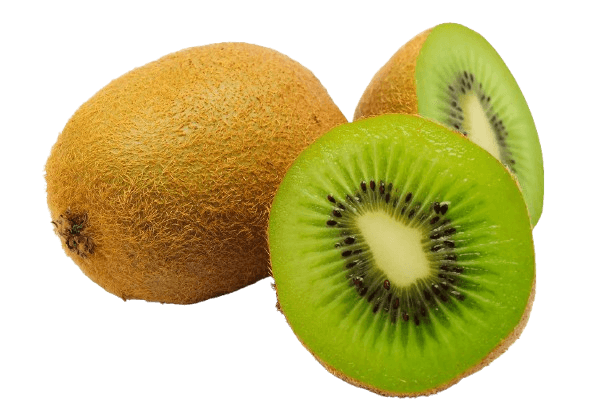
Golden kiwis have greenish-gold skin and vibrant yellow flesh with a tropical sweetness. They’re excellent for skin health and immunity due to high vitamin C content.
6. Banana (Unripe to Semi-ripe)
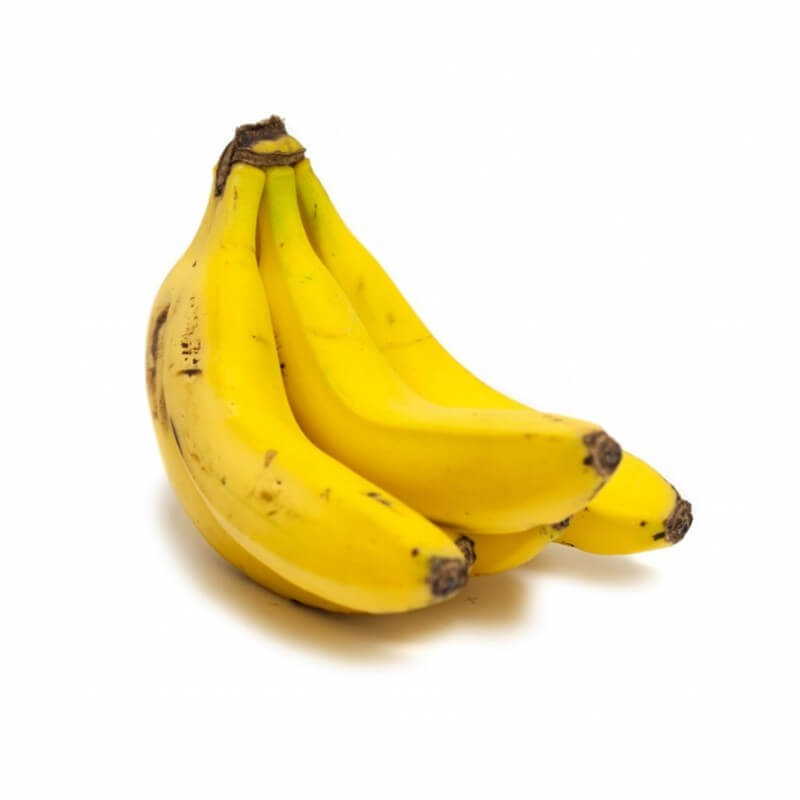
Before turning yellow, bananas go through a pale green-yellow stage with a firm texture. They’re good for gut health and can help regulate blood sugar levels.
7. Starfruit (Carambola)
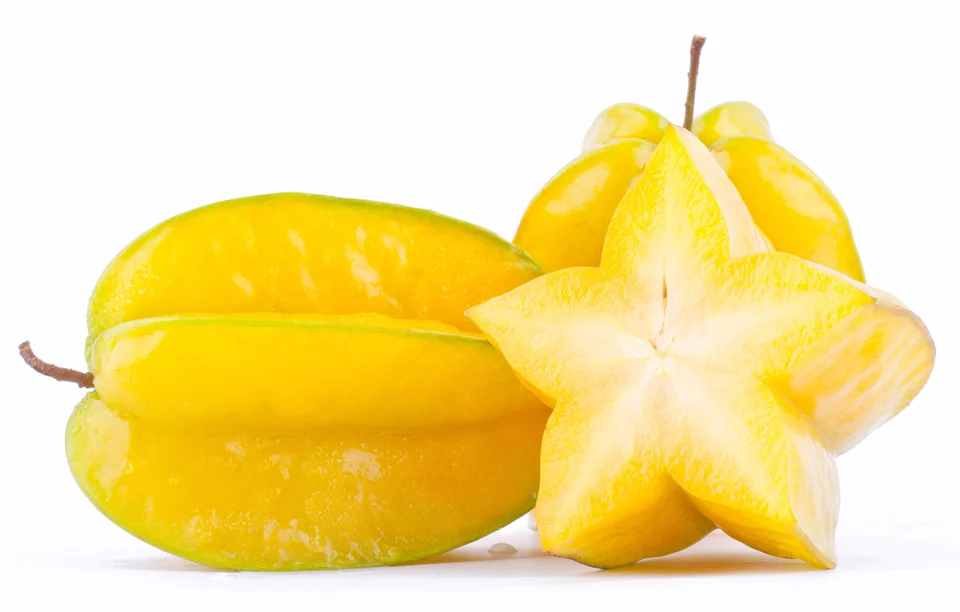
This star-shaped fruit turns yellow-green at its peak, balancing tart and sweet flavors. Rich in antioxidants and fiber, it’s refreshing and hydrating.
8. Green Grape (Thompson Seedless)
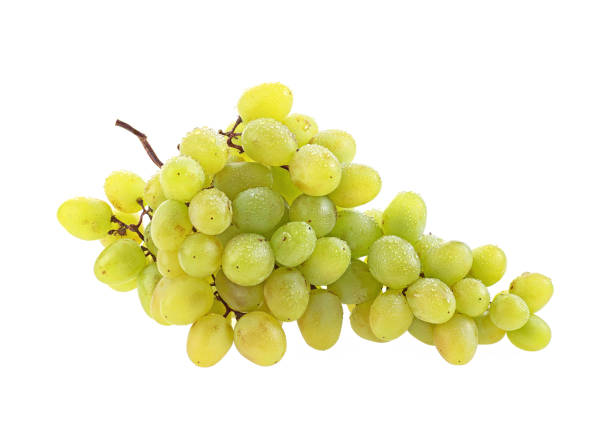
These grapes ripen into a light yellow-green hue and are sweet and juicy. They’re high in resveratrol, which supports heart and brain health.
9. Green Plum (Greengage)
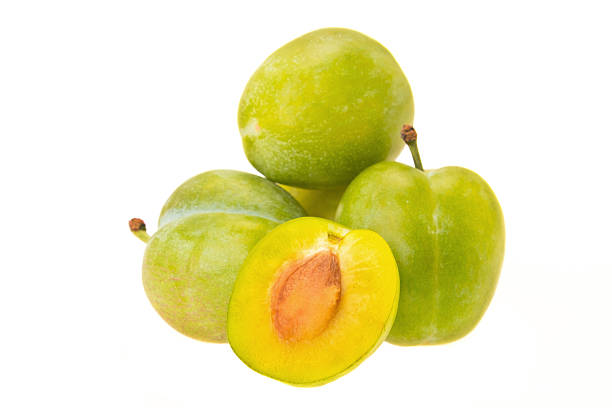
Greengages range from green to yellow-green when ripe, offering rich sweetness. They contain vitamin C, iron, and dietary fiber for energy and metabolism.
10. Feijoa (Pineapple Guava)
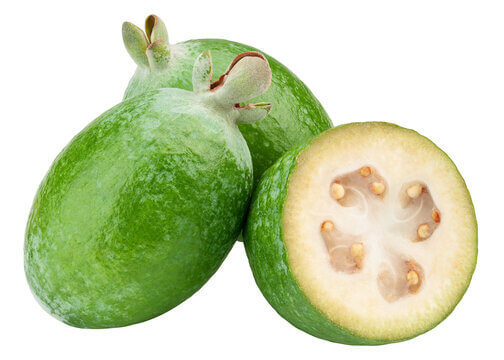
Feijoas have dull green skin that takes on yellowish tones as they ripen, with a tropical, perfumed taste. They’re high in vitamin B and support digestion.
11. Cherimoya (Custard Apple)
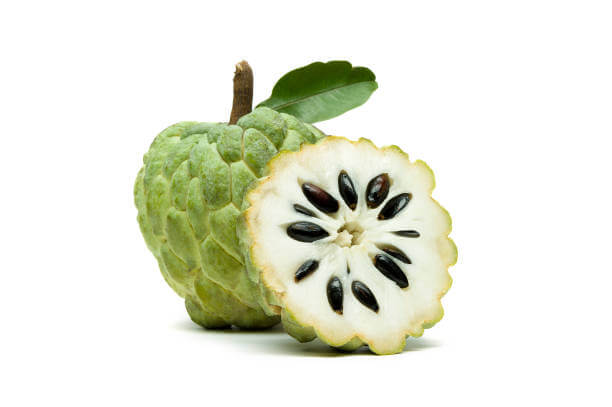
This fruit has a greenish skin with yellow-green undertones as it ripens. Creamy and sweet, it’s loaded with vitamins B6 and C, great for brain and immune health.
12. Abiu
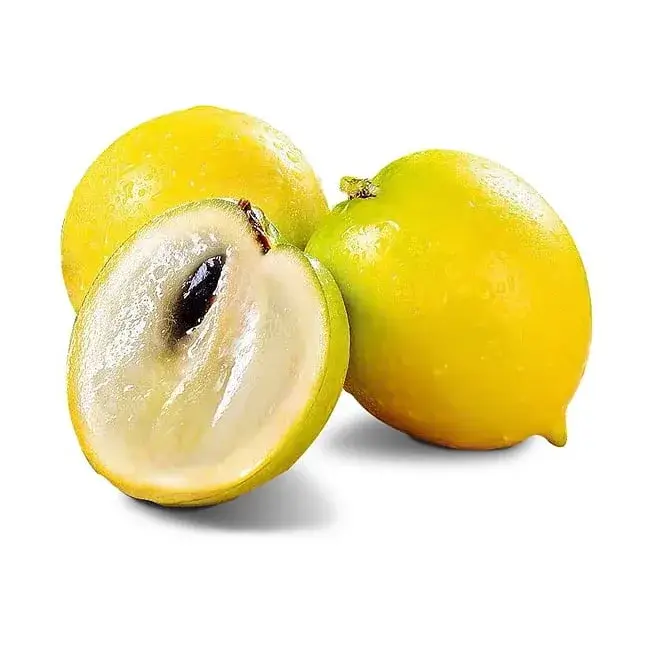
Smooth-skinned abiu turns yellow-green before ripening to a deeper yellow. Its jelly-like pulp has a mild caramel flavor and supports respiratory health.
13. Ambarella (June Plum)
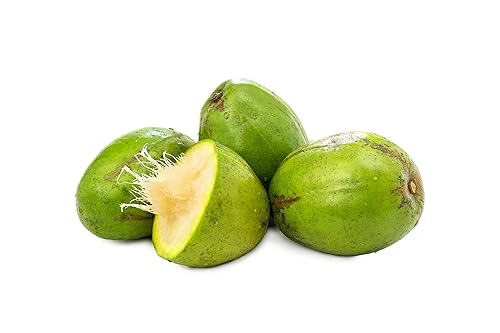
This crunchy tropical fruit shifts from green to yellow-green as it ripens, offering a tangy-sweet flavor. It’s rich in vitamin C and good for skin and digestion.
14. Indian Jujube (Ber)
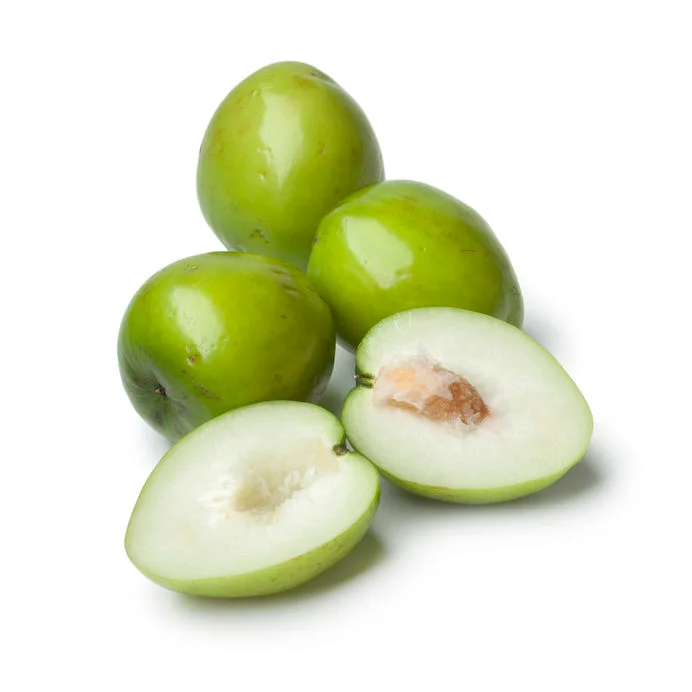
Starting green, this fruit turns yellow-green before ripening fully. It’s packed with iron, vitamin C, and is known for blood purification properties.
15. Bilimbi
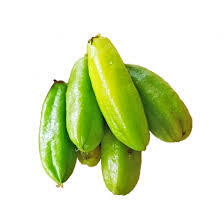
Closely related to starfruit, bilimbi appears green to yellow-green and is extremely sour. It’s used in cooking and has antibacterial and liver-cleansing benefits.
16. Lucuma (Unripe)
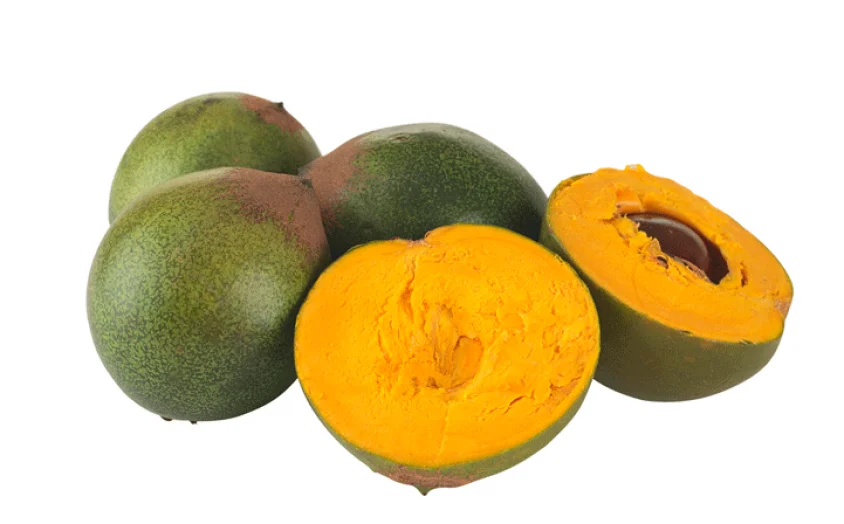
Before ripening, lucuma sports a greenish-yellow hue and hides dense, sweet flesh inside. It’s a superfood used in powders and supports skin and blood sugar balance.
17. Cucumber Tree Fruit (Averrhoa bilimbi)
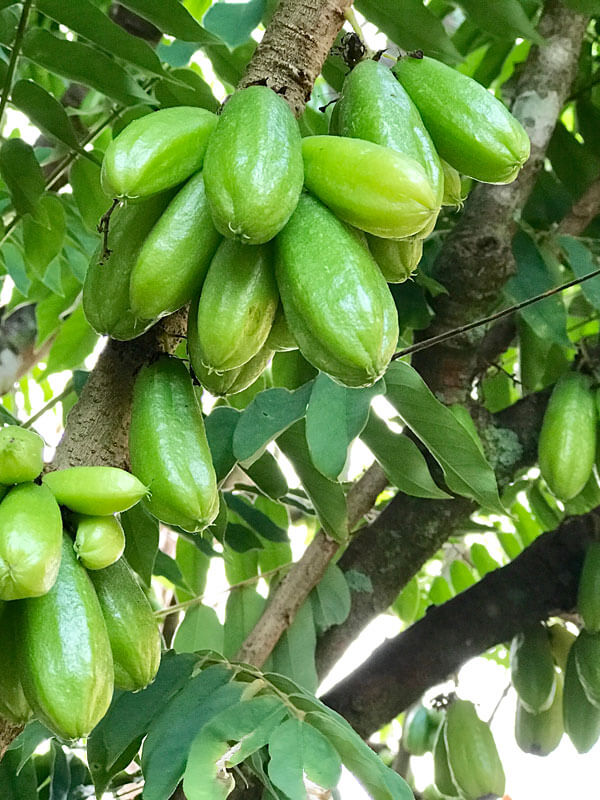
This tangy fruit is pale yellow-green and highly acidic. It’s used in traditional dishes and valued for its vitamin C content and cooling effect.
18. Buddha’s Hand (Young)
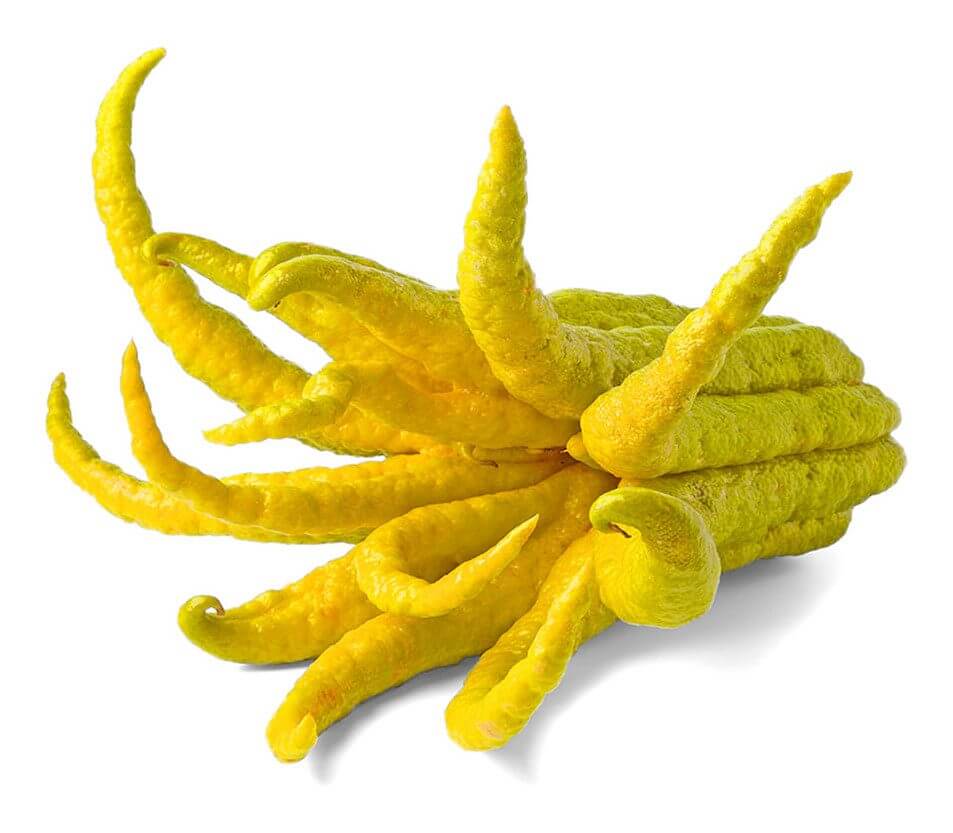
This fragrant citrus starts as greenish-yellow before becoming bright yellow. Though mostly rind, it’s prized for zest, aroma, and anti-inflammatory compounds.
19. Passionfruit (Some Yellow Varieties)
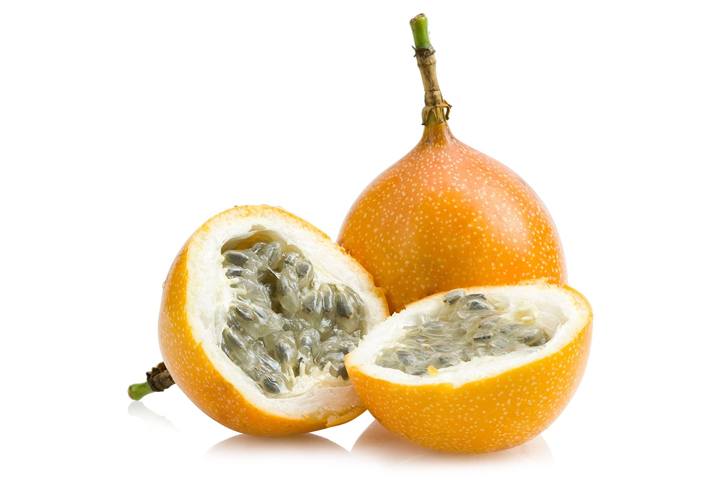
Some types are light yellow-green before turning golden, with sweet, seedy pulp inside. They’re high in fiber and promote restful sleep and heart health.
20. Pomelo (Early Stage)
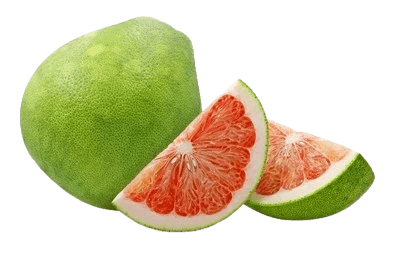
Pomelos begin with a thick yellow-green rind that softens as they mature. They’re rich in antioxidants and help regulate blood pressure.
21. Bael Fruit (Immature)

The hard shell of bael is green to yellow-green before turning brown. Used in Ayurvedic medicine, it helps with digestion and cooling the body.
22. Mango (Keitt, Kent)
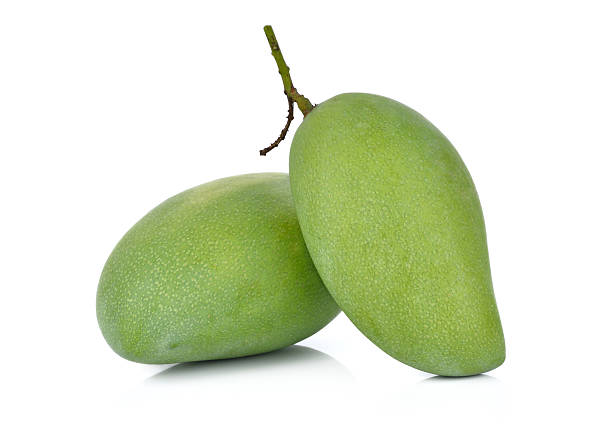
Certain varieties stay yellow-green even when fully ripe, offering juicy, non-fibrous flesh. Mangos are rich in vitamin A and great for eye and skin health.
23. Papaya (Unripe)
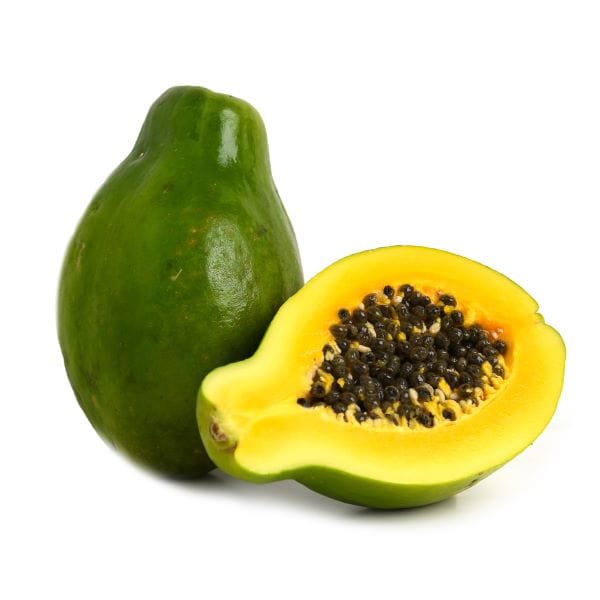
Unripe papayas are firm and yellow-green, commonly used in salads. They soothe inflammation and aid digestion with their enzyme content.
24. Spondias dulcis (Hog Plum)
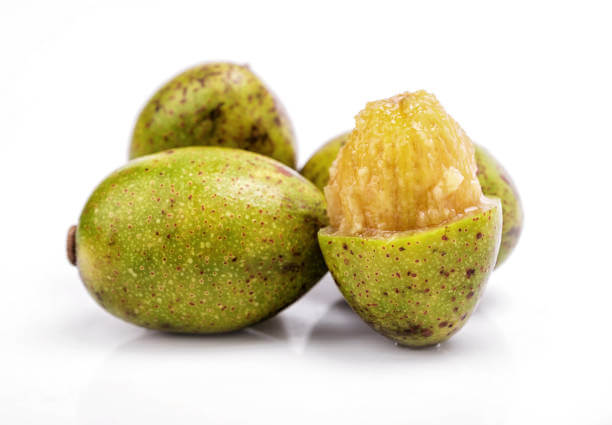
This fruit ripens into a bright yellow-green color and has a tangy, juicy bite. It’s used in chutneys and supports digestive and immune health.
25. Honeydew Melon (Unripe to Mid-ripe)
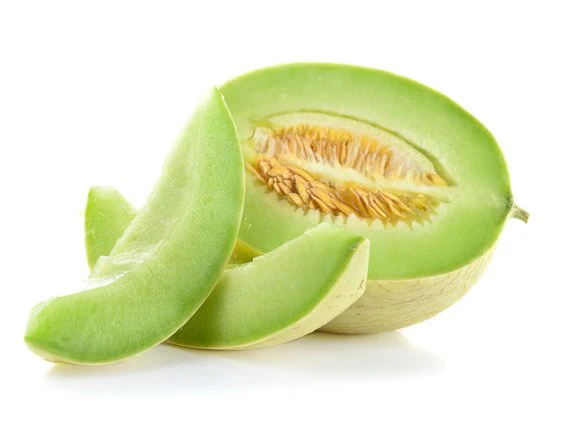
Honeydews start with a pale yellow-green rind and sweeten as they mature. Hydrating and low in calories, they’re great for hot climates.
26. Lemon (Unripe or Some Varieties)
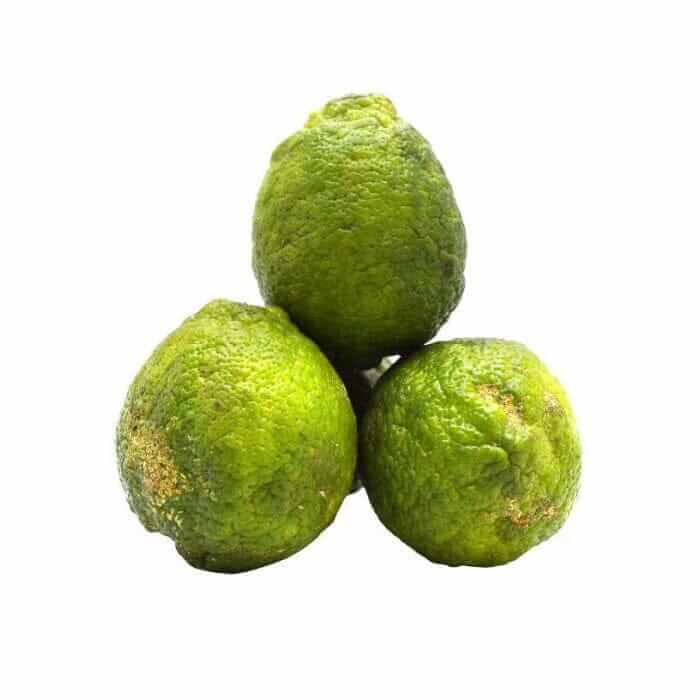
Some lemons, like ‘Sublime’, appear yellow-green before ripening fully. They’re vitamin C-rich and have strong antibacterial properties.
27. Mexican Sour Gherkin (Mouse Melon)
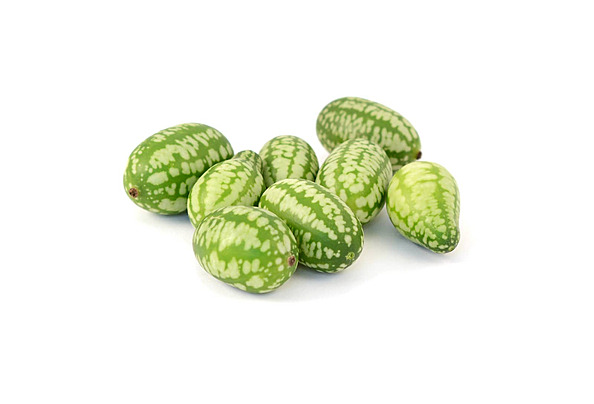
These mini melons have mottled yellow-green skin and a cucumber-like crunch. They’re fun in salads and promote hydration and gut health.
28. Green Fig (Kadota or Adriatic)
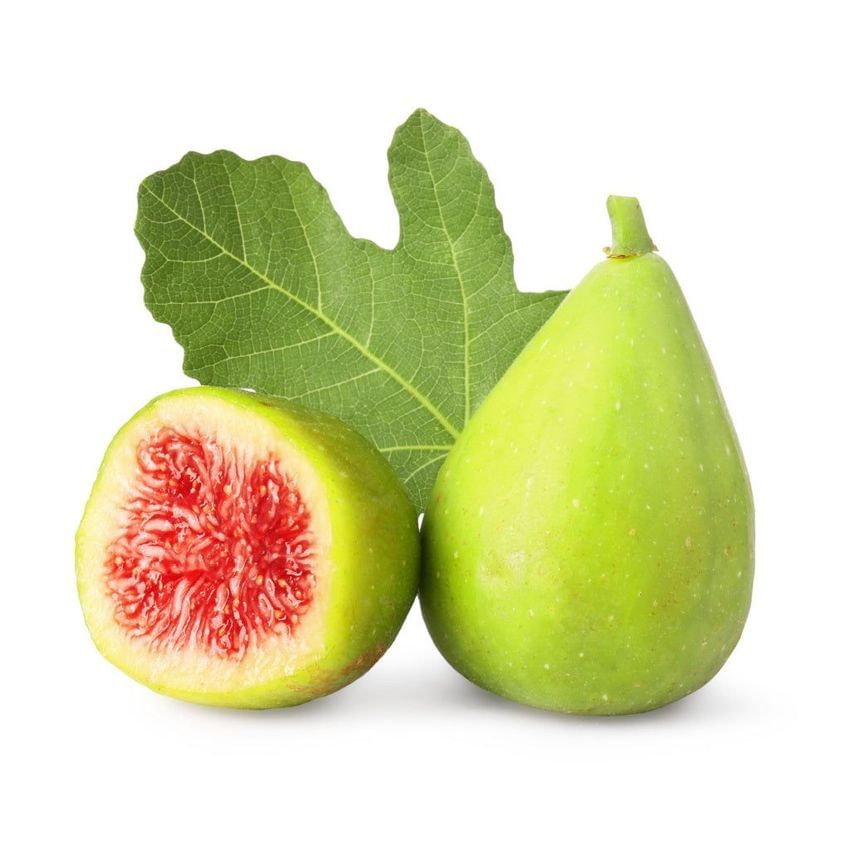
These figs have light green to yellow-green skins and jammy, sweet interiors. They’re high in calcium and fiber for bone and digestive health.
29. Caimito (Unripe Star Apple)
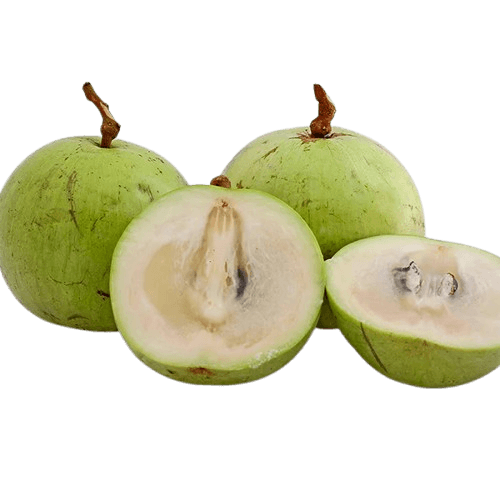
When young, star apples are pale yellow-green, later turning purple or brown. Even unripe, they contain nutrients that help lower inflammation.
30. Ugli Fruit (Tangelo Hybrid)
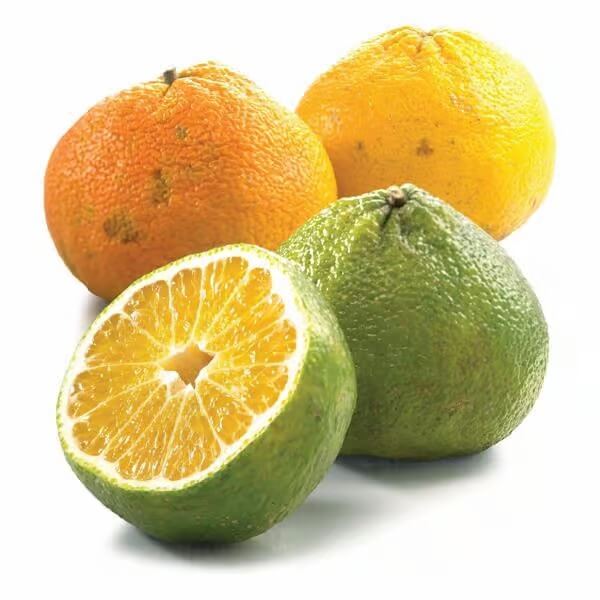
This large citrus hybrid has a lumpy yellow-green skin before ripening orange. It’s sweet, juicy, and helps fight free radicals.
31. Chayote
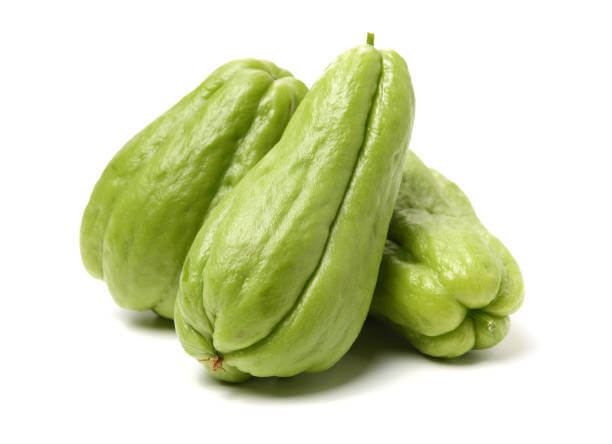
Chayote is often eaten as a veggie but is technically a fruit—yellow-green in color, crisp, and mild in flavor. It’s good for weight management and blood sugar control.
32. Elephant Apple (Dillenia indica)
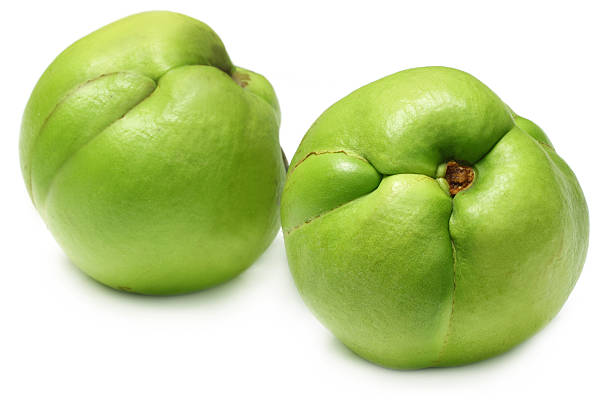
This large, wild fruit has a greenish-yellow tough exterior and a tart interior. It’s often used in chutneys and helps with stomach issues.
33. Imbu (Brazilian Plum)
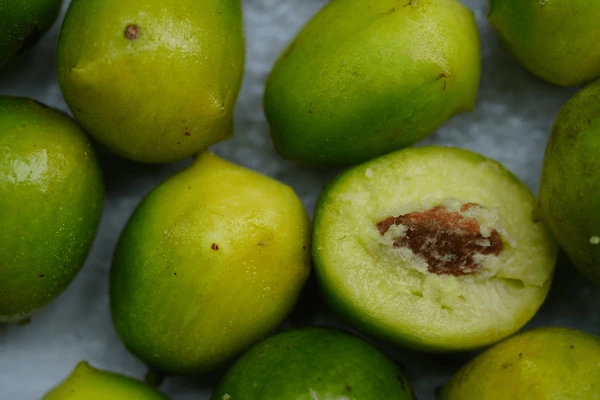
Imbu fruits range from greenish to yellow-green, with juicy pulp inside. They’re hydrating, vitamin-rich, and often enjoyed in syrups or jams.
34. Yunnan Hackberry Fruit
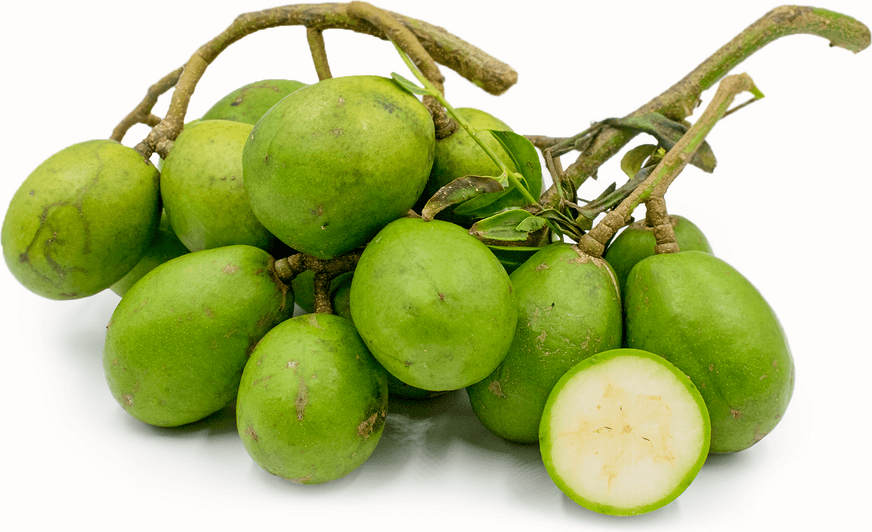
Native to parts of China, this small fruit develops a greenish-yellow tint as it ripens. Though not widely known, it’s been traditionally used for its antioxidant and anti-inflammatory properties and is occasionally eaten raw or used medicinally.
35. Quenepa (Spanish Lime / Mamoncillo)
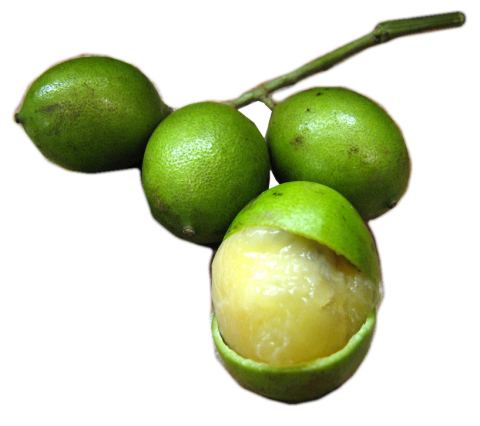
This tropical fruit has pale green to yellow-green skin and a juicy, tangy pulp inside. Popular in Latin America and the Caribbean, it’s rich in iron, fiber, and antioxidants, and is often enjoyed fresh or as a refreshing drink.
